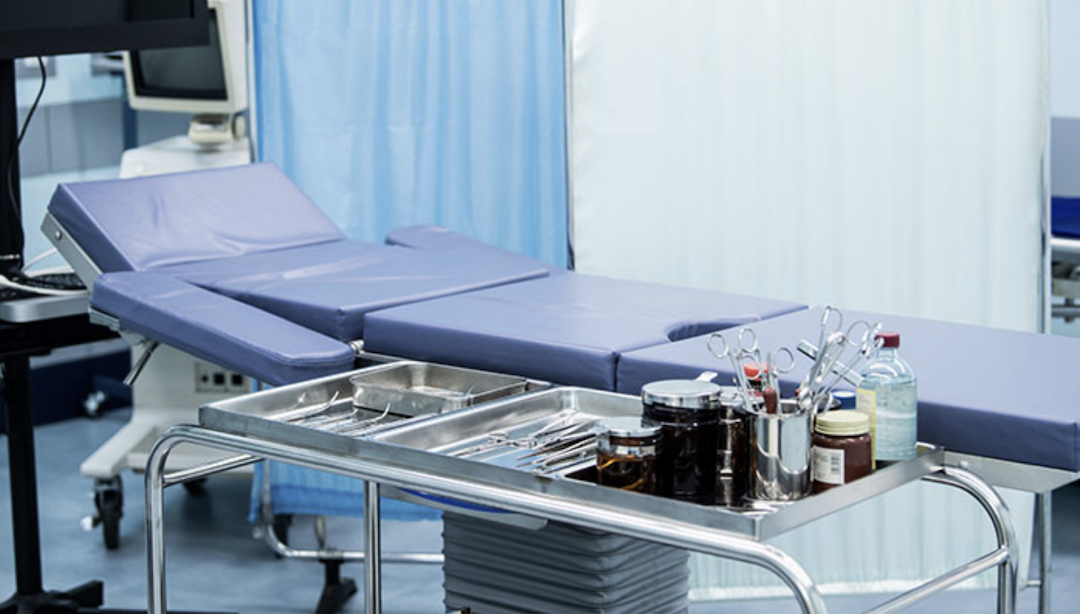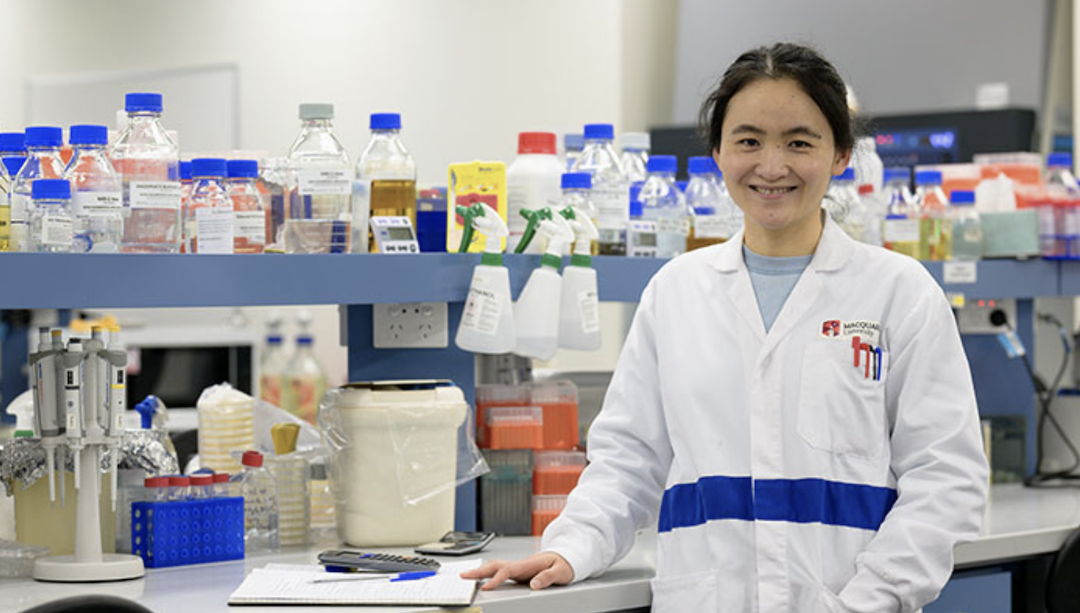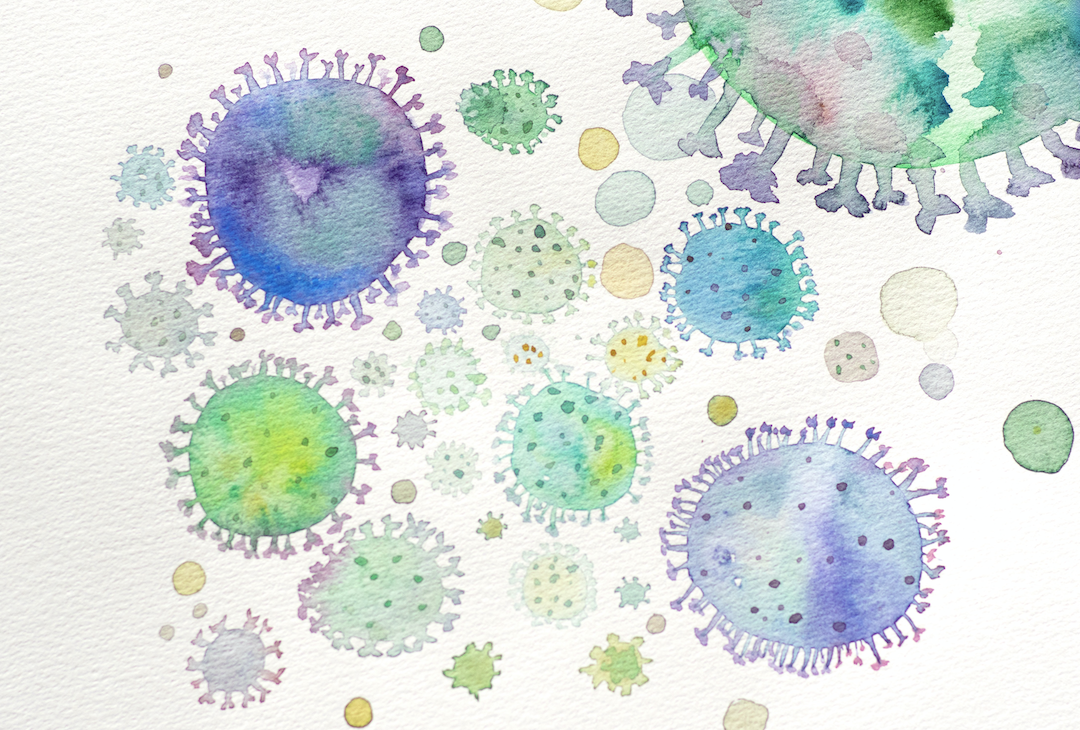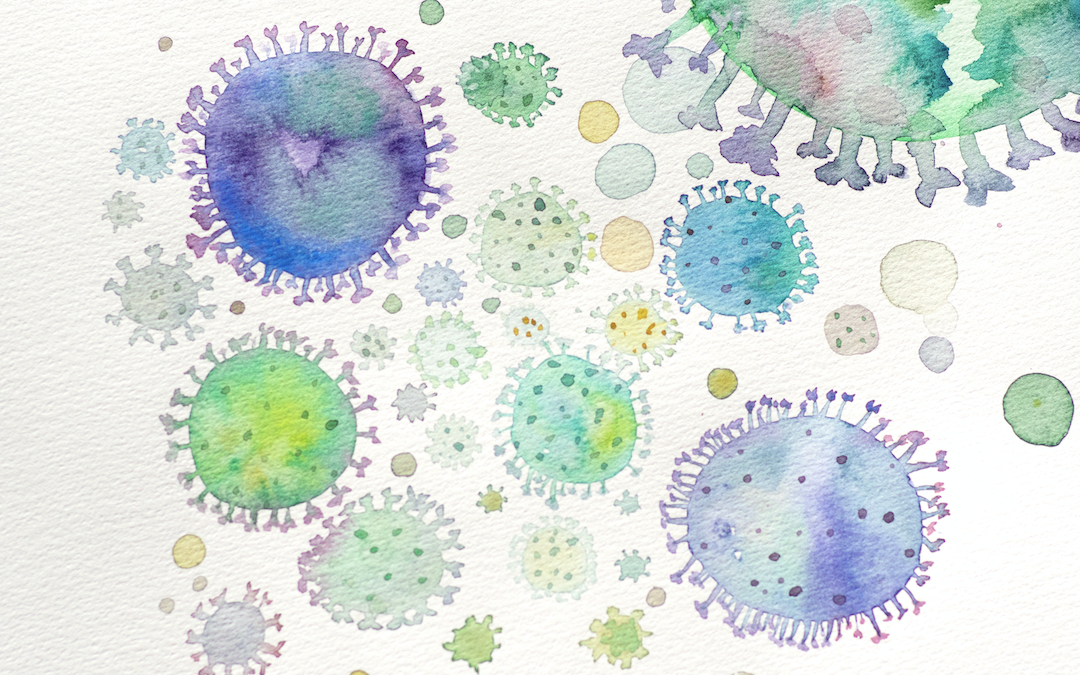Macquarie University scientists have contributed to a new study that suggests we may need to rethink current disinfection strategies at home and in hospitals in the fight against superbugs.
A new study published today in Nature Microbiology, led by Dr Liping Li from the ARC Centre of Excellence in Synthetic Biology, investigates the way superbugs interact with the biocides – detergents, bleach and antimicrobials – which are intended to destroy them.
“One of the main aims in the battle between humans and superbugs is preventing infectious superbugs from spreading,” says Dr Li.
“Biocides – which underpin disinfection practices in hospitals as well as personal hygiene in communities and households – are a key player in this.
“However, we have limited knowledge of just how the biocides kill the superbugs and whether the ways we use them are appropriate in infection control.”

Dr Li’s study is the first to systematically look at the effects of biocides at low concentrations.
It provides new genetic evidence about the way these biocides interact with the superbug cell’s surface and has ramifications for hospital disinfection policies.
A superbug is a pathogenic microbe (a pathogen is an organism that causes disease in its host), that is resistant to most antimicrobials.
Infections caused by superbugs can be life-threatening. Superbugs can arise from normal drug-sensitive bugs, which are always evolving and adapting to the drugs prescribed to treat the infections they cause. When antibiotic prescriptions are unnecessary or inaccurate, drug-sensitive bugs can evolve to become non-negotiable superbugs.
The bug on the WHO’s most wanted list
The multi-drug resistant Acinetobacter baumannii is on the World Health Organisation’s “most wanted” list, and the race is on to find a way to vanquish it. One of the most feared human pathogens, A. baumannii especially threatens immune-compromised patients in hospital intensive care units. It’s one of the so- called ESKAPE pathogens, which includes Enterococcus faecium, Staphylococcus aureus, Klebsiella pneumoniae, Pseudomonas aeruginosa, and Enterobacter spp.
In 2020, there were 1031 deaths in Australia linked to five drug-resistant ESKAPE pathogens that caused hospital infections.

Dr Liping Li, pictured above, led a study which is the first to look at the effects of biocides at low concentrations and their link with infection control.
It is still not clear, says Dr Li, why superbugs resist hospital biocides because in theory, the biocide concentrations used during disinfection are high enough to kill microbes.
Dr Li’s study looked at whether the actual concentration is a factor, with the researchers finding that when used at low concentration, eight out of 10 biocides tested could “de-energize” a bacterial cell membrane which compromises the path of antibiotics entering the bacterial cell.
“This led us to hypothesize that these biocides actually antagonize the antibiotics that need to enter the superbug cell to reach their targets and initiate killing mechanisms,” Dr Li says.
So could the presence of residual biocides – especially chlorhexidine, benzalkonium and CTAB and others that are hard to remove from the environment – induce antibiotic tolerance and the development of antimicrobial resistance?
If so, Dr Li says we may need to rethink current disinfection strategies.
“But before we can invent a new and effective way of treating infectious diseases, and get the spread of a disease under control, we need greater molecular insights into the mechanisms of how antimicrobials kill bugs like A. baumannii.
“This knowledge is critical to the development of novel therapeutic approaches that can cure infections and slow down (or hopefully bypass) the evolution of antimicrobial resistance.”

Fellow Macquarie University researchers Dr Ram Maharjan and Associate Professor Amy Cain are part of a contingent of scientists coming at the issue from another direction: studying a single protein that, when damaged, causes A. baumannii to lose its superpowers, compromising a drug pumping system that pushes antibiotics and other threats out of the cell.
While further studies are needed to understand how biocides work and how they interact with antibiotics, Dr Li stressed we should not discontinue their use in healthcare facilities and in the community.
“The findings in our study suggest that residual biocides could compromise antibiotic potency, at least in the lab,” Dr Li said.
“But we cannot predict whether this is true in a real-life scenario, because this needs further investigation. We hope our study will raise awareness of using biocides wisely and promote more biocide-related research.”
This work was supported by the National Health and Medical Research Council (NHMRC). It is a multi-institutional collaboration between Macquarie University, Wellcome Trust Sanger Sequencing Centre and Cambridge University.
To discover how another disease could be impacting the body, click here.

